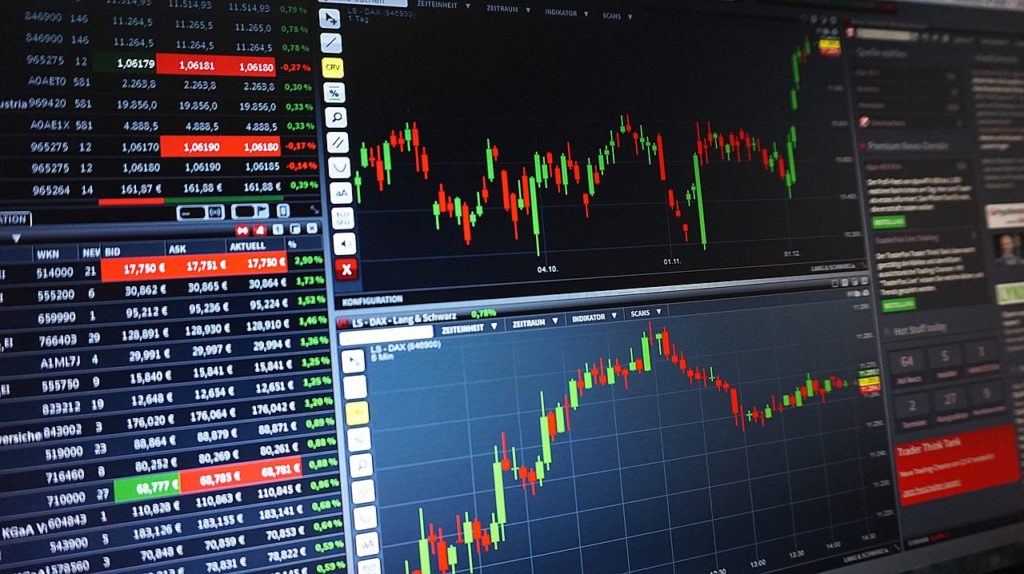How to Use Fundamental Analysis to Trade the Capital Markets
Before you begin to trade the markets and place your money at risk you should learn a few analysis techniques that will help you determine the future direction of a security. There are two main categories of analysis that are used by traders who participant in capital markets, fundamental analysis, and technical analysis. Technical analysis solely focuses on price movements while fundamental analysis is the analysis of information.
What is Fundamental Analysis?
Fundamental analysis measures the value of a security or exchange rate by evaluating economic and financial data. It is an import piece of the puzzle that will help you learn to trade. Fundamental analysis is a method where analysts use current and new information such as macroeconomics of a country or financial results to determine if an asset is overvalued, or undervalued. The goal is to determine a valuation and compare that valuation with the current price of an asset.
Using Fundamental Analysis for Stocks
Fundamental analysis can help an investor determine the value of a stock, commodity or currency pair. When determining the value of a stock, an analyst will evaluate the financial results which can include the revenue a company produces, the earnings which also evaluate the costs, as well as future guidance. The guidance tells investors where the company sees earnings and revenues in the future. In addition, most stocks are also driven by the direction of the broader markets.
For example, when the S&P 500 rises, it generally pulls Apple shares higher. So, in addition to evaluating the value of Apple, fundamental analysts also need to have a view of the broader markets. This would mean determining if economic growth or interest rates are expected to expand or contract.
Using Fundamental Analysis for Currencies and Bonds
Bonds and currencies are “tied at the hip” as interest rates help drive the fundamentals of the currency markets. While budget deficits and capital flows play a part in determining the future direction of a currency pair, they are both also a function of the interest rate differentials.
The interest rate differential is the difference between one country interest rates at a specific tenor subtracted from other countries’ interest rates in the same time bucket. For example, if you subtract the US 2-year interest rate from the Japanese 2-year interest rate, you would have either a positive or negative number.
What you are concerned with is the direction that the differential is moving. If US 2-year interest rates are rising relative to Japanese 2-year interest rates, then holding the dollar versus the yen is becoming more attractive. The reverse is true if the yield differential is falling. The interest rate differential makes up the forward points used to generate the forward curve which reflects the future spot rate.
Using fundamental analysis allows you to evaluate what future information might tell you about the valuation of a security. Whether you are analyzing stocks or currencies, evaluating new information is an important piece of developing a market view.

